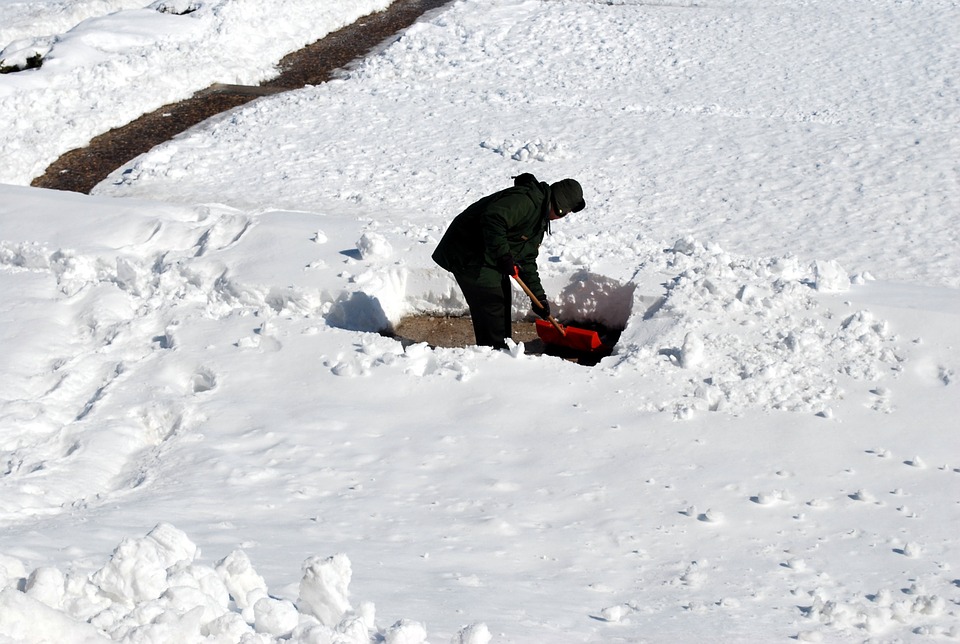New York State is known for its cold, snowy
winters. Stay safe while shoveling snow with these tips.
For some, a large snowstorm means bringing out
the snowblower, but for others, shoveling is the go-to method of snow removal. While
many may think of shoveling as just another household
chore during the winter, shoveling snow is a rigorous task that can cause
severe strain on the body.
According to the American
Heart Association, shoveling snow increases the risk of a heart attack:
Rigorous physical activity combined with the colder temperatures puts a lot of
stress on the heart. This stress is not only caused by shoveling snow, but also
caused by walking in wet, snowy
weather conditions.
For this reason, it’s important to follow the
best practices when shoveling snow this winter season.
Do a quick warm up
This could be in the form of stretching, light yoga or walking in place. This warms up your muscles and prepares them for the physical activity ahead instead of jumping right into physical labor.
Dress in layers
This will keep you warm and also help with preventing hypothermia. As your body temperature gets warmer while shoveling, you can remove layers as necessary.
Stay hydrated
Like any other physical activity, drink water, recharge your body, and stay hydrated while shoveling snow. When you take a break to get a drink, you can also give your body needed periods of rest.
Choose a proper shovel
When it comes to cleaning up your property, all snow shovels are not created equal. Clunky, metal shovels add more weight on top of the already heavy snow. Lighter-weight, plastic shovels are a much better choice.
Try looking for an ergonomically designed shovel which can reduce the strain and bending on the body. These could include larger shovel blades, bent shafts, and comfortable handles. Click here to read more about the different types of shovels.
Shovel properly
When lifting large amounts of snow at once, be sure to lift with the legs and bend your knees. Never put strain on your back. If the snow is light enough, you can also try pushing it to reduce the amount of strain on your body from lifting.
To decrease your chances of slipping, maintain a wide base while shoveling snow. This will allow you to shift your weight between your feet as you dispose of snow. When you throw away snow, be sure to move your feet and turn your whole body instead of twisting at the waist to avoid injury.
Take breaks
To avoid overworking your body, you should shovel snow at your own pace. If the forecast calls for a large impending storm throughout the day or over the course of a few days, be sure to pace yourself when shoveling and to work in small intervals instead of all at once. Try to take breaks every 20-30 minutes, especially when the snow is wet or settled.
Know the signs of a heart attack
These can include: chest discomfort lasting more than a few minutes, discomfort in the upper body, shortness of breath, and lightheadedness. In the case you experience sudden heart attack warning signs, call 911 immediately. Click here to read more about the signs of a heart attack.
Proper shoveling etiquette is often overlooked, but these best practices can help you remove snow more efficiently and keep you safe. For more tips on how to maintain your property while keeping your safety first, click below.







.jpg)


.jpg)



